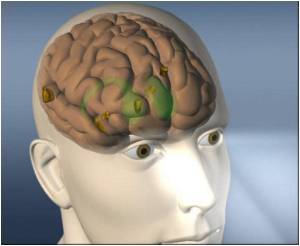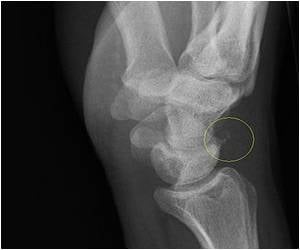Early traits of schizophrenia can be seen in the brains of babies soon after birth, say scientists.

Now, researchers at the University of North Carolina at Chapel Hill and Columbia University have provided the first evidence that brain abnormalities associated with schizophrenia risk are detectable in babies only a few weeks old.
"It allows us to start thinking about how we can identify kids at risk for schizophrenia very early and whether there things that we can do very early on to lessen the risk," said lead study author John H. Gilmore, professor of psychiatry and director of the UNC Schizophrenia Research Center.
The scientists used ultrasound and MRI to examine brain development in 26 babies born to mothers with schizophrenia. Having a first-degree relative with the disease raises a person's risk of schizophrenia to one in 10.
Among boys, the high-risk babies had larger brains and larger lateral ventricles-fluid-filled spaces in the brain-than babies of mothers with no psychiatric illness.
"Could it be that enlargement is an early marker of a brain that's going to be different?" Gilmore speculated. Larger brain size in infants is also associated with autism.
Advertisement
The findings do not necessarily mean the boys with larger brains will develop schizophrenia. Relatives of people with schizophrenia sometimes have subtle brain abnormalities but exhibit few or no symptoms.
Advertisement
This research provides the first indication that brain abnormalities associated with schizophrenia can be detected early in life. Improving early detection could allow doctors to develop new approaches to prevent high-risk children from developing the disease.
The study has been published recently online by the American Journal of Psychiatry.
Source-ANI















